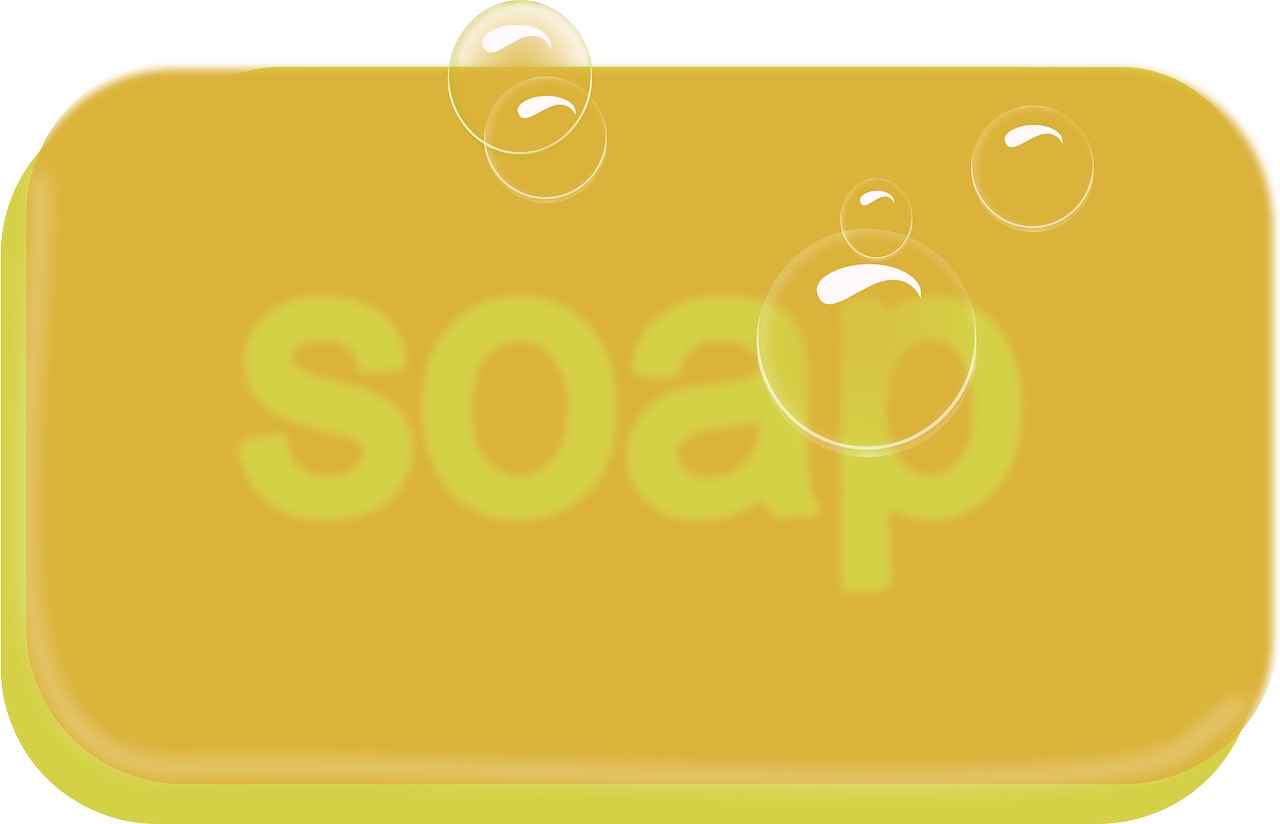
Since I started work on my radiology program’s admissions committee in 2009, every year, I notice a significant disconnect between the medical student impression of what radiologists do and the actual day to day work of the radiologist. The radiology personal statement is a shining example of this truth. In this post, I will debunk many of the myths espoused in the personal statement about what we do daily (Just like the real Mythbusters– this is going to be fun!!!). Let us begin…
Where’s Waldo?
Out of the thousands of personal statements I have reviewed, many use the Where’s Waldo analogy in one form or another. If I see another personal essay with a resemblance to Where’s Waldo?, I will scream very loudly!!! All kidding aside (I’m not kidding!): The Where’s Waldo analogy is one part of the radiology job that is not understood by many applicants.
So, what is it that a radiologist does? First and foremost- we read films and lots of them. Film reading heavily leans upon pattern recognition. And that is what we do. We use search patterns and compare our visual databank to the thousands upon thousands of images, we have already seen.
How does that differ from Where’s Waldo? In Where’s Waldo, the scenes typically change on each page, and you are expecting to find the same Waldo character in a sea of miscellaneous extraneous information. For the radiologist, the scene is usually the same, whether it is a chest x-ray or a CT scan or even a Brain MRI. And, the findings can vary widely in any given film. You may find a pneumothorax or a herniated bowel loop or an infarct. However, you are not looking for one specific thing. You are looking for everything. This general search for everything is very different from finding one Waldo, who is always going to have the same appearance. The analogy does not hold very well!
The One Fascinating Case
A personal statement will often talk about one fascinating case and how that led the applicant to the decision of choosing radiology as a career (I am sick of this conclusion!). Why does this point demonstrate so little insight into the day to day practice of radiology? Sure, every once in a while, something is fascinating- perhaps it is a bezoar or a sporadic tumor. And, sure, it is excellent to perseverate on that case. But in reality, although exciting, these cases take up less than .01 percent of the radiologist’s work. You have to expect to pick up thousands of normals, normal variants, and common findings before picking up one of these rare zebras. When I hear that an applicant is choosing radiology for the one fascinating case, it does not show a good understanding of our day to day work!
The Family Member Saved By A Radiology Finding
Sure, every once in a while, the radiologist is the hero. We discover an occult aneurysm, unexpected appendicitis, or early breast cancer. Maybe the radiologist has picked something up in your relative to save the day and has been credited. But in reality, how often does that occur? Not that often! In reality, it is pretty darn unusual. If you want to save lives daily and get the credit, go into trauma surgery!!!
In general, radiologists have to be pretty humble because rarely are we showcased as an example of the medical profession for all to see. Usually, the doctors on display are the surgeons, internists, ob/gynecologists, or almost every other medical specialty. Don’t go into radiology to expect the glory of saving patients. We are usually behind the scenes!!!
The Diagnostic Dilemma
Many personal statements will describe when a radiologist went through a case and came up with an incredible on-target well thought out differential diagnosis. And, the applicant will point out that they want to go into radiology to make incredible interpretations. In reality, I also love a well thought out differential diagnosis in a compelling case. Unfortunately, most studies are not in the category of the intriguing differential diagnosis. Final interpretations are usually mundane and limited. Don’t expect to go into radiology to become the next House, MD, every hour of every day!
The Isolated Radiologist
What is the last thing that we want to hear as radiologists? That we spend an excessive amount of time in an isolated dark room, not speaking to others for hours. Yet, many personal statements assume that we rarely come in contact with others and only plug away at the films. Although there are probably a few radiologists out there like that, it is usually the opposite. I can’t tell you how many days, there is a constant bombardment with technologist questions, physician consults, nursing issues, and more. Please get your facts straight before putting it in writing a personal statement!!!
Busting Myths And The Final Truth About The Personal Statement
The good news: After all these false assumptions in many of these personal statements and the thousands of personal essays that have come across my desk, very rarely does one spur me to change a radiology residency applicant’s disposition on the final rank list. I usually give these personal statements a pass because I understand it isn’t easy to comprehend what a radiologist does without stepping in our shoes.
On the other hand, if I had to give you one piece of advice as one of the leading players in the application process at our institution, make sure you are not one of the chosen few who write a personal statement that influences our final decision. These are the personal statements with bizarre and sometimes scary thought processes and conclusions. The outcome of these weird personal statements is not usually positive! (meaning DO NOT RANK) So, stay away from the impulse to write something too unusual/different. We typically use the personal statement to weed out potentially psychotic behavior, not as a tool to make the final rank list.
So, as long as you don’t write something overly bizarre, I wouldn’t worry about this part of the application too much. Just make sure to avoid the basic grammatical and spelling errors. And, most importantly, don’t try to rock the boat!!!












